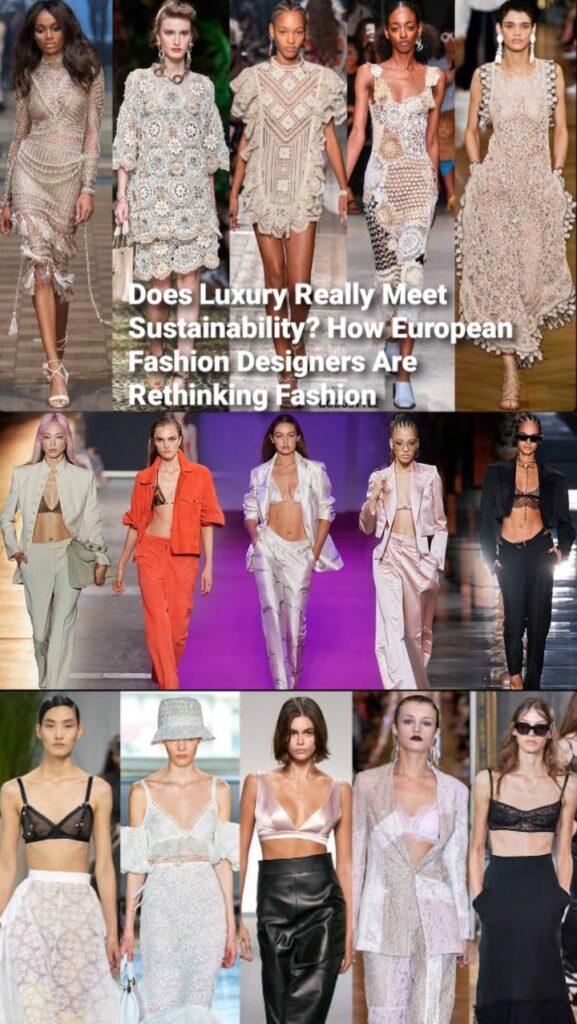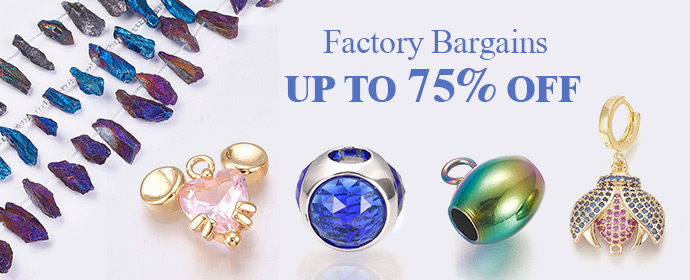The fusion of luxury and sustainability is the most pressing concern in the fashion industry today. Luxury fashion has historically been exclusivity, craftsmanship, and extravagance, but it has also had its hand in a life of excess. Picture those crazy runways, high-end materials, and rapid production cycles. But with the world trying to cope with the human and environmental implications of rampant consumerism, European fashion designers are leading the charge to make luxury and sustainability intersect.
In this blog article, we will examine how European luxury fashion designers are reimagining the standard of high-fashion fashion to create collections that not only represent elegance and luxury but also represent awareness for the environment and ethical practices. From new materials to new business models, let us see how luxury and sustainability are combining in today’s world of fashion.
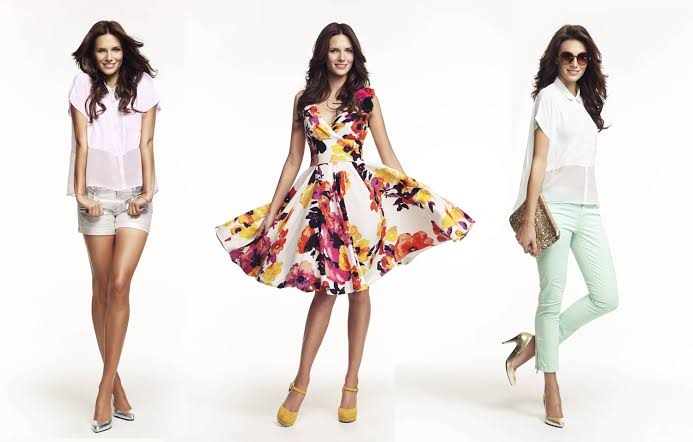
Photo credit: GREY Journal
The New Luxury: Conscious and Sustainable
Luxury fashion has in the past been associated with expensive price, shortage of materials, and expertise in the perfection of craftsmanship. Today, the new definition of luxury is shifting towards sustainable luxury where quality, longevity, and innovation become the emphasis. European designers are now coming to realize that luxury is not so much a matter of expense; it is a matter of being responsible.

Photo credit: Vogue
The Evolution of Sustainability in Luxury Fashion
Luxury brands have traditionally faced criticism for their environmental footprint. The use of exotic animal skins, overproduction, and the wastefulness of seasons past were all under scrutiny. However, there has been a noticeable shift, especially over the last decade. Designers, consumers, and brands alike are now pushing for more sustainable practices, which has sparked a wave of eco-conscious innovation within the European fashion scene.
One of the key drivers of this change is the increasing awareness of the fashion industry’s role in climate change. The industry is responsible for 10% of global carbon emissions, with textiles being one of the biggest contributors. European luxury designers are now not only aware of their impact but are actively seeking ways to mitigate it.
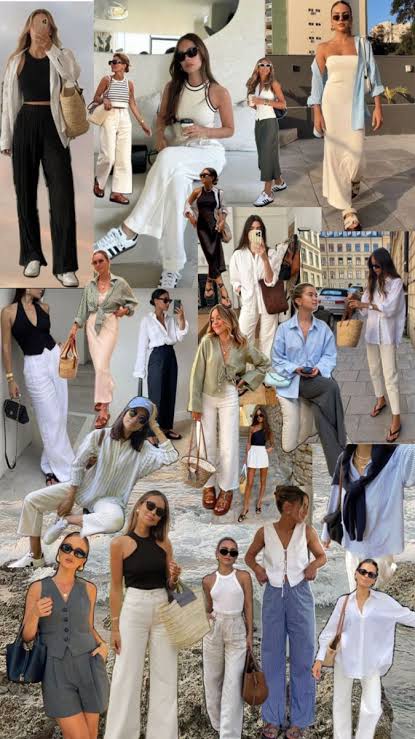
Photo credit: Pin page
How European Designers Are Leading the Charge
1. Innovative Materials: A Greener Future
The most exciting trend in luxury fashion is the use of sustainable materials. Fashion designers in Europe are now increasingly employing materials made from organic cotton, hemp, bamboo, and even recycled plastic from the ocean. Stella McCartney and Chloé have been at the forefront of using non-toxic, plant-based materials and are making efforts to eliminate toxic chemicals from their production processes. Yet another exciting material breakthrough is mycelium leather, which is made from fungi. Luxury fashion labels like Gucci have partnered with startups like MycoWorks to bring this mushroom leather substitute into the high-fashion world. It is durable, biodegradable, and has a much smaller carbon footprint than traditional leather.
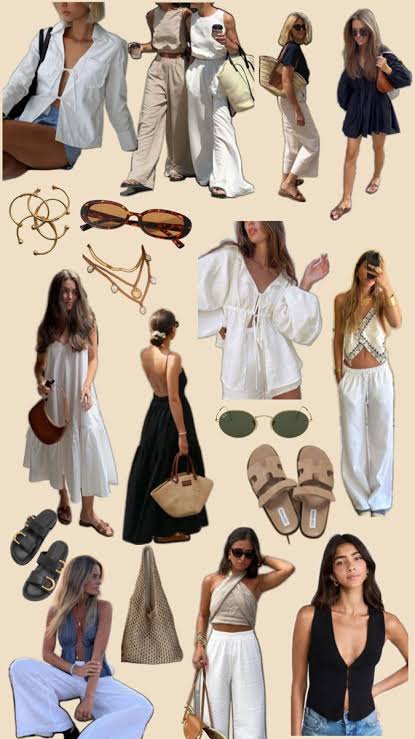
Photo credit: Pinterest
2. Slow Fashion: The Antidote to Fast Fashion
The slow fashion approach to making fewer, but higher-quality products is a key component of this movement toward sustainability. Luxury brands are abandoning the “season rush” of releasing new collections each year. They’re adopting fewer, more high-quality pieces that will be with us forever. Loewe, for instance, has cut back on collections and concentrated on sustainable pieces that are created to be timeless through classic methods. By valuing skill and material selectivity over immediacy, rather than prioritizing immediacy, designers like Hermès and Prada value longevity over consumerism driven by fast fashion.
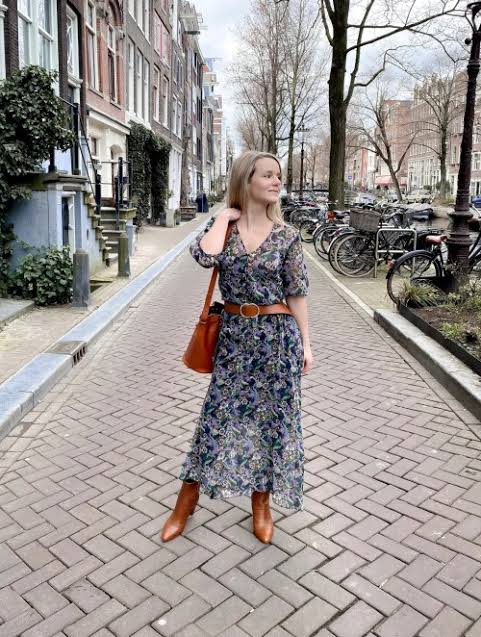
Photo credit: Mercedes Constantine
3. Circular Fashion: Design for the Future
Circular fashion is a revolutionary trend picking up pace in the luxury fashion of Europe. The idea is to produce garments that can be recycled, reused, or regenerated at the end of their lifespan. Reusable, disassemblable styles are being used by fashion designers as a means of minimizing waste. Companies such as Alyx and Balenciaga are testing out closed-loop mechanisms in which the garments are actually re-purposed or fed back to the company to recycle. In addition, European designers are creating objects that can readily be refurbished, upcycled, and passed down to posterity due to the increased fad for second-hand and pre-owned apparel.
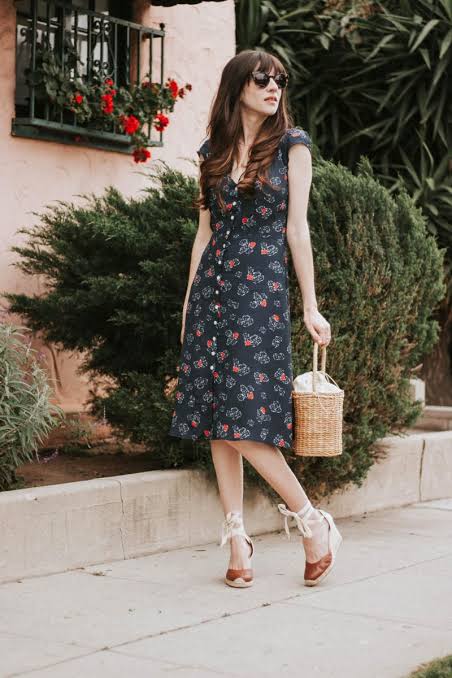
Photo credit: Jeans and a Teacup
4. Ethical Labor Practices: Fairness Across the Supply Chain
Sustainability in luxury fashion is not solely about materials. Responsible work practices also come into play when the quest for a truly sustainable luxury fashion industry is pursued. Fair pay, safe working conditions, and transparent supply chains are now being advocated by most European designers. Vivienne Westwood, for instance, has long been an ethical fashion supporter. Her company believes in fair labor and makes the majority of its clothes in the UK, where working conditions are ethical. Gucci has also introduced a program of transparency where every stage of its supply chain is tracked so that workers get a fair wage and its factories are ethical.
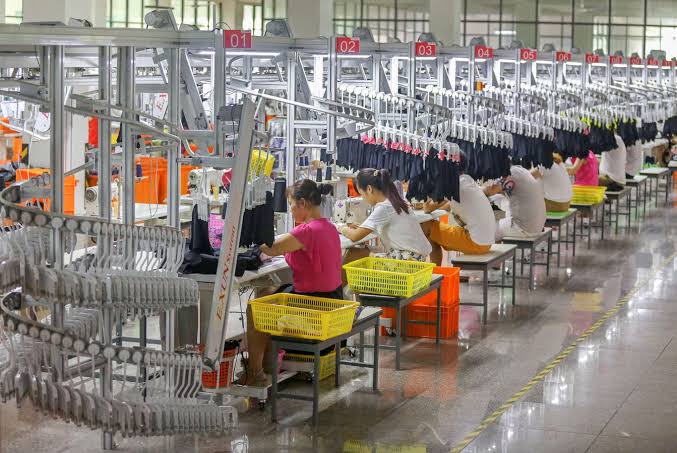
Photo credit: Forbes
The Challenges of Merging Luxury with Sustainability
While the achievements of European designers are to be applauded, it should be noted that the path to a completely sustainable luxury sector is not an easy one. The utilization of superior materials and hand craftsmanship tends to be more expensive. Furthermore, the concept of “exclusive” fashion usually associated with scarcity and excess consumption conflicts with the ideals of minimalism and mindful consumption. Sustainability also comes with a profound transformation of the manufacturing process, usually higher in cost and time spent on the production of garments. But with growing consumer demand for environment-friendly choices, most European luxury fashion brands are jumping on the bandwagon of sustainability with the conviction that it is really a case of adapting to the times.
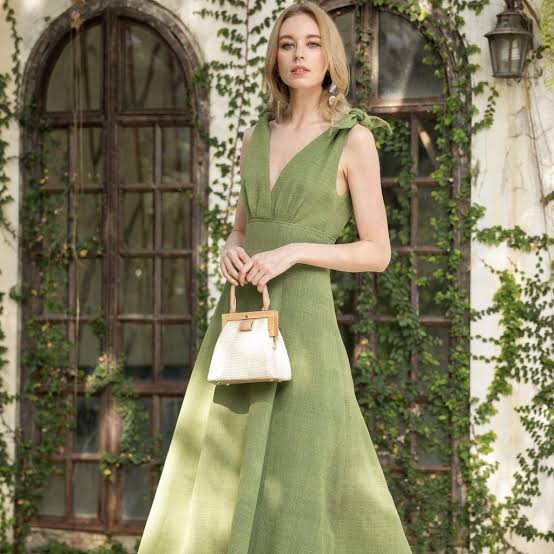
Photo credit: Rare & Fair
FAQs on Luxury Fashion and Sustainability
1. Are sustainable luxury brands more expensive than traditional luxury brands?
Yes, sustainable luxury products could be more expensive due to the premium price of eco-friendly materials, equitable labor practices, and the additional time required for upscale craftsmanship. However, for many, the investment is well worth it for its longevity, quality, and long-term environmental value.
2. Who are the European designers who are the trendsetters in sustainably?
High-profile European fashion designers leading the way in terms of sustainability are Stella McCartney, Gucci, Chloé, Loewe, and Vivienne Westwood. These fashion brands are concerned not only with sustainable materials but also with moral manufacturing methods and innovative design philosophy.

Photo credit: Fashionista
3. Is luxury fashion, by nature, wasteful?
Historically, luxury fashion has been a wasteful indulgence due to overproduction and the use of rare, non-renewable resources. Yet most European designers are currently deconstructing this model by embracing slow-fashion and circular philosophies to create robust pieces that are sustainable in material.
4. How do I become a consumer of sustainable luxury fashion?
To assist in financing sustainable luxury fashion, look for companies that openly reveal their material sources and supply chain. Moreover, investing money in quality classic pieces that can last you many years rather than trends that will become outdated very soon reduces fashion waste. Secondly-hand or second-cycle luxury is also a fabulous choice.

Photo credit: asalon.hu
5. What sustainable materials are present in luxury fashion?
Some of the most popular sustainable luxury fashion materials are organic cotton, hemp, wood pulp Tencel, mycelium leather, and recyclable materials such as ocean waste plastic or garments upcycled. These will be biodegradable or can be recycled to minimize waste and the environmental impact of clothing.
Conclusion: The Future of Luxury Fashion
The convergence of luxury and sustainability is ongoing, and the designers from Europe are leading this revolution. As they adopt innovation, sustainability, and ethics, the luxury fashion market is reshaping itself incrementally but definitely for a future that is responsible and conscious. Although the path is just in its initial phases, this one fact is definite: sustainable luxury is not here today, gone tomorrow; it’s the way of the future for fashion.
As consumers, it is essential to be in the know, make conscious decisions, and patronize brands that are in line with our values. The world of luxury fashion is teaching us that aesthetics and responsibility can go together, that luxury is not merely about scarcity and exclusivity but about being responsible and forward-looking in each seam.
What’s your take on luxury fashion and sustainability? Are you convinced high-end brands are capable of turning the industry around? Share with us in the comments below!
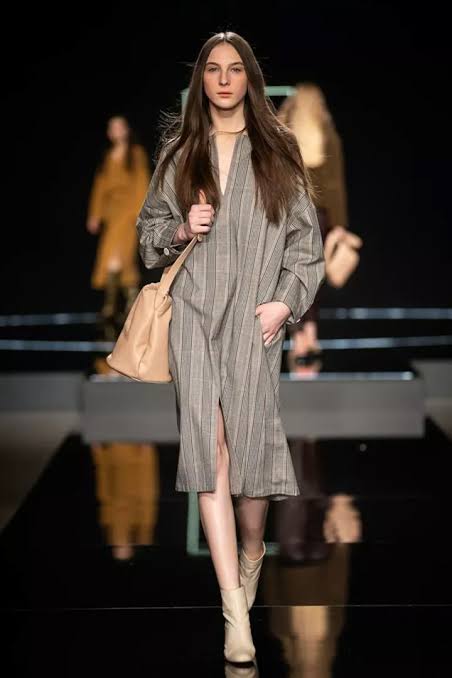
Photo credit: Vogue UA
Author: Raja Bahar Khan Soomro
You may also read the following suggested articles just by clicking over them.
1. Diversity on the Runways: How Global Fashion Weeks Are Celebrating Inclusivity
2. Power of Perfumes: How Fragrance Influences Women’s Fashion Choices and Emotional Expression
3. Top 10 All-Time Most Beautiful Fashion Models in the World: A Journey Through Timeless Elegance
5. From the Streets to the Catwalk: How Global Youth Cultures are Shaping Fashion Trends
Recommended1 recommendationPublished in apparel, Bathing Suits, Bridal, celebrity fashion, Makeup, Our Fashion Passion, Petite, Plus Size, Pop Fashion, Shoes, street style, Uncategorized
